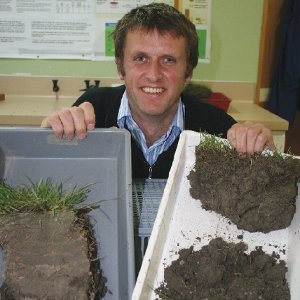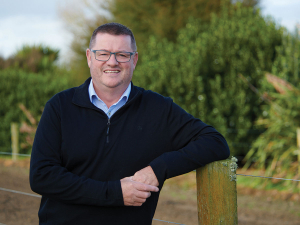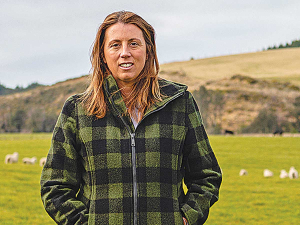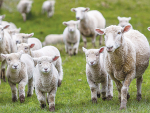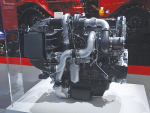Scientists at Agresearch’s Invermay campus are seeing this on some dairy farms in North Otago.
Their work is part of the Land Use Change and Intensification Project, a ten-year project AgResearch is running, now in its eighth year, looking at changes to soil structure on farms as production increases with newly installed irrigation.
In North Otago, most have converted from sheep and beef, and maybe a bit of crop, to dairying as the water’s come online.
“What’s happened is that with irrigation there’s been an increase in production and there are a whole lot of pressures on the soil that were not there before,” explains Seth Laurenson.
The project has three phases. The first was a series of experiments to assess soil structure changes between dryland and irrigated farmland under cattle and sheep grazing.
The combination of irrigation and increased grazing intensity is changing soil structure, generally for the worse. How much worse depends on management.
“Where there’s been high stock density on wet soils we’ve seen a huge impact on structure.”
On the plus side, despite naturally quite vulnerable soils in the area, the extent of severe damage is limited.
However, unlike pugging where damage and consequent production loss is obvious, compaction can easily go unnoticed causing lesser, but more persistent losses in production, Laurenson points out.
The second phase of the work has been to look at what to do where soil structure has deteriorated.
Trials compared natural recovery with mechanical aeration. While the latter saw soil biology reinvigorated, it did little for structure, the researchers found. “It’s good, but it must be done in combination with good management of livestock.”
Done at the wrong time, mechanical intervention can also do more harm than good, so check soil is dry enough to avoid smearing at depth, and to ensure compacted layers are fractured, adds Laurenson.
But the best approach is to prevent the damage happening in the first place, he stresses.
“On a cost benefit basis it’s better to avoid doing the damage, than try to recover it. You should only need to aerate soil if you’ve made a mistake. You can speed up the recovery process with aeration but you need to change the management practice that caused it.”
Avoiding compaction in the first place means little or no lost production, and the risk of run-off and consequent environmental damage is reduced.

